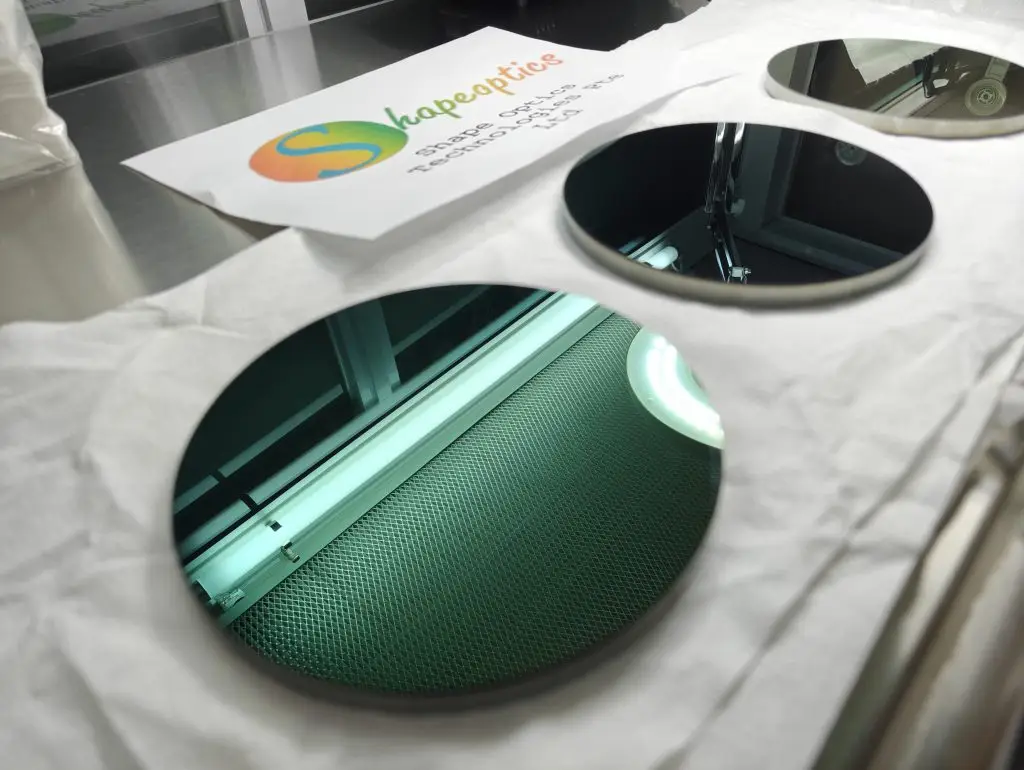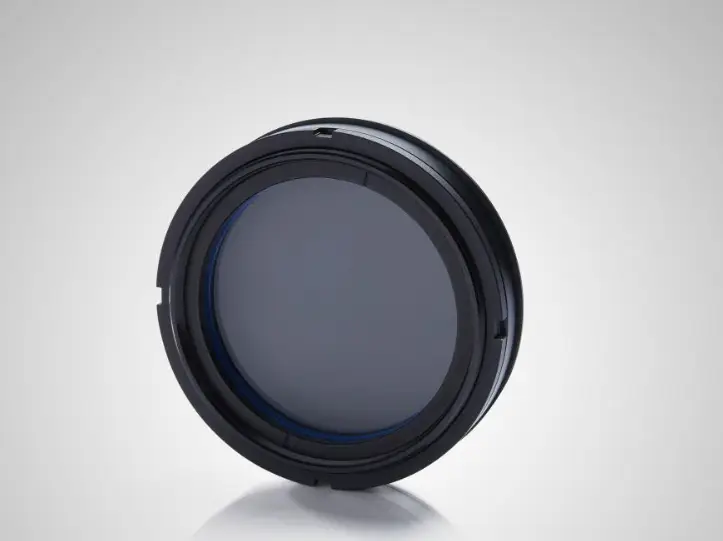Germanium infrared (IR) lenses are pivotal components in thermal imaging systems, widely used in various applications such as security, surveillance, firefighting, and industrial inspection. These lenses harness the unique properties of germanium to efficiently capture and transmit infrared radiation, converting heat signatures into detailed thermal images.

How Germanium Infrared Lenses Are Used
Germanium lenses are primarily used in thermal imaging cameras, which detect the infrared radiation emitted by objects. These lenses focus the IR light onto a detector, which then processes the signal to create an image based on the thermal profile of the scene. This technology is indispensable in conditions where visibility is low, such as in darkness, smoke, or fog, making it valuable for night vision and search-and-rescue operations.
Advantages of Germanium Infrared Lenses
- High Refractive Index: Germanium has a high refractive index (around 4.0 at 10 micrometers), enabling strong light bending capabilities. This allows for effective focusing with relatively thin lenses, which is crucial for compact and lightweight thermal imaging devices.
- Broad Transmission Range: Germanium lenses effectively transmit infrared light in the 2-14 micrometer range, covering most mid-wave infrared (MWIR) and long-wave infrared (LWIR) bands. This broad range makes them versatile for various IR applications.
- Durability: Germanium lenses are robust and can withstand harsh environmental conditions, provided they are appropriately coated to enhance their resistance to scratching and environmental damage.
Disadvantages of Germanium Infrared Lenses
- Cost: Germanium is relatively expensive compared to other optical materials, impacting the overall cost of thermal imaging systems.
- Weight: Germanium is dense (about 5.33 g/cm³), which can be a consideration in designing lightweight optical systems.
- Temperature Sensitivity: The transmission efficiency of germanium decreases significantly at high temperatures, limiting its use in very high-temperature environments.
General Specifications
Typical specifications for germanium lenses used in thermal imaging include:
- Diameter: 12mm to 380mm
- Length: Customized
- Electrical Resistivity: 0.005Ω to 50Ω/cm
- Crystal Structure: Single Crystal, PolyCrystal
- Crystal Purity: 99.999% to 99.99999%
- Surface Roughness: Ramax 0.2µm to 4.0µm
- Refractive Index at 10.6µm: 4.0052
- Absorptance at 10.6µm: ≤0.035
Physical Properties
- Density: 5.33 g/cm³
- Hardness: Relatively hard, with a Knoop hardness of 780
- Thermal Expansion: 6 x 10^-6 K^-1
- Non-Hygroscopic: Does not absorb moisture from the air
Optical Properties
- High Refractive Index: Allows for efficient focusing of infrared light.
- Low Optical Dispersion: Helps reduce chromatic aberration.
- Transmission Range: 2 to 14 micrometers, suitable for MWIR and LWIR applications.

Applications
- Thermal Imaging Cameras: Used in security, surveillance, firefighting, and industrial monitoring.
- Military and Defense: Employed in night vision systems and IR surveillance equipment.
- Infrared Spectroscopy: Utilized in instruments for chemical analysis.
- Medical Imaging: Used in technologies that detect heat patterns in the body.
- Astronomy: Germanium lenses and windows are used in astronomical instruments to observe infrared radiation from celestial objects.
Conclusion
Germanium infrared lenses are critical in enhancing the capabilities of thermal imaging systems due to their excellent IR transmission properties and durability. While they are costlier and heavier than some alternatives, their performance in IR applications makes them an invaluable component in a wide range of fields.
For more detailed specifications and product offerings, you can visit the Shape optics infrared store, to select a right lens for your application.

